The objective of Lyceum Debates is to restore civil discourse in the United States. Our format aims to reward solution-centric discussion and offer an alternative to conventional political debate formats that argue either-or resolutions. Lyceum debates are conducted virtually and take about 30 minutes to record, giving each of 3 or more participants equal speaking time. The final videos are edited and produced to guarantee equal speaking time.
Advice for Participants
- Debates will be conducted and recorded over an online platform (Riverside)
- Participants should be dressed formally — the same as a television interview.
- Participant camera (laptop or otherwise) should be at eye level.
- Use strong front lighting for your face, and a professional background.
Rules
- Structure. Three people make three recommendations aimed at one problem. Each participant gets three minutes to make their main points, two minutes to cross-examine the other participants (and two minutes to be cross-examined), and two minutes to summarize.
- Time. The total duration is 23 minutes.
- Strict enforcement will make sure each participant has equal talk time.
- If a participant exceeds their time during the live recording, their remarks will be edited down to fit the allotted slot for the version that is recorded and released.
- Edits will never be made for content, only for time.
- Format. There are three parts to each debate: main remarks, cross-examinations, and closing remarks. Debates will open and close with a brief intro and outro. The primary format for the 3-person debate (with speakers A, B, and C) will be:
- 3 min – Main Remarks by A.
- 2 min cross-ex – B&C question, A answers
- 3 min – Main Remarks by B
- 2 min cross-ex – C&A question, B answers
- 3 min – Main Remarks by C
- 2 min cross-ex – A&B question, C answers
- 2 min – A final remarks
- 2 min – B final remarks
- 2 min – C final remarks
- Cross-examinations. Each speaker will be asked questions by one participant immediately after their main remarks. The questioner can pose 2-3 questions, but must be brief in the questioning (taking no more than 30 seconds total). The speaker will have roughly 30 seconds to reply to each question. The entire cross-examination should take 2 minutes, and answers will be edited during post-production accordingly.
Voting
Following the debate, viewers will be encouraged to (1) vote for the top ideas that were presented. Importantly, they will be able to vote for a mix of ideas from the different debaters. Votes will also be taken for (2) the most persuasive speaker and (3) the most educational speaker . This wide array of votes will enable us to reward debaters with more than just a win/loss in traditional formats.

